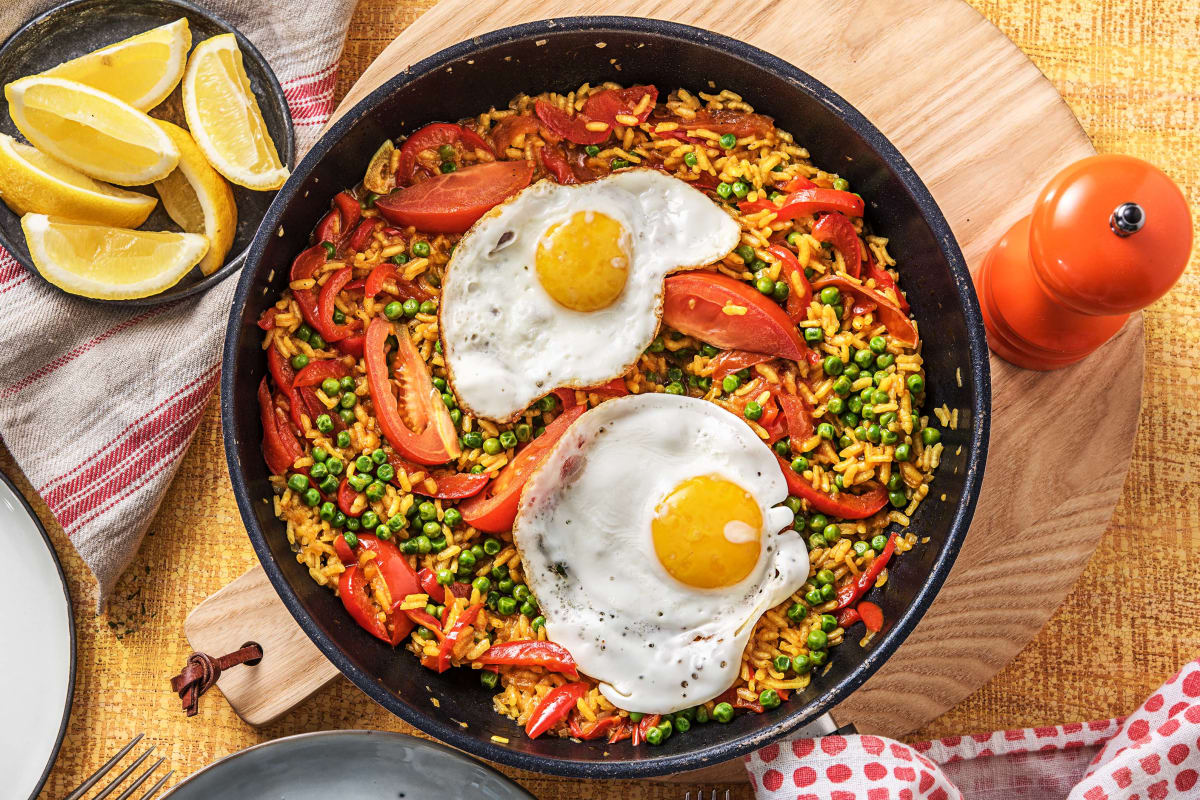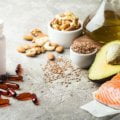A go-to to Valencia, a port town on the eastern coast of Spain, could not be complete without playing a pan of paella. The hearty rice dish, full of components starting from assorted seafood to fowl, meat, and greens, turned into born within the location of Valencia, which stocks the call of its capital metropolis.
For locals, gathering on weekends and holidays to share a paella is an afternoon culture that can stretch into the early nighttime hours. The dish is always served family-style and generally enjoyed with a dark cherry pink wine crafted from the local Bobal grape. Dessert is probably a flan de Naranja, a conventional Spanish custard that carries Valencia oranges into the caramel sauce; or bunyols, sugary donut holes, another nearby area of expertise.
Humble Origins
Though recognized as a traditional Spanish dish, paella also has roots in North Africa. Servants running for aristocrats might take home leftover scraps from banquets and cook them with rice in a massive pan over an open flame to feed their families. The name “paella” may additionally have been derived from the Arabic phrase “taqiyah,” which means “leftovers;” an extra phonetic affiliation might also come from “patera,” the Arabic phrase for a pan. The shallow, spherical, two-dealt pan used to cook dinner the dish is referred to as “l. A. Paella.”

When the Moors, a nomadic institution from North Africa, invaded the Iberian Peninsula in 711 A.D., they added their traditions and customs. These protected elements are important to making paella, including rice and saffron, coriander, cumin, and artichokes. The Spanish phrase for rice, “Arroz,” stems from Arabic, as does the word for saffron, “Szafran.”
Valencia, being a primary port town, become where many migrants entered and settled. Rice fields had been planted, and the grain continues to be an essential enterprise for the area. Paella turned into additionally taken into consideration a lunchtime dish for rice subject workers as it becomes cheap to make, nutritious, and filling.
Cooks could forage nearby field elements, which includes inexperienced beans, peas, and snails, to add to the rice and simmer all of it in a stock of onions, garlic, and chopped vegetables referred to as sofrito over an open flame. When to be had, small chunks of cooked rabbit, duck, and hen were added. Saffron, used for seasoning, grew to become the rice a golden color and introduced a candy, musky taste.
True “paella de Valencia” remains made this way. Seafood paella got here later, way to Valencia’s area at the Mediterranean Sea, and generally consists of shrimp, mussels, clams, and slices of calamari with lemon wedges located on the pinnacle of the rice. Local citizens I dined within Spain referred to like those types with fish a “seafood rice dish,” saving the phrase “paella” for the actual Valencian model. The greens used to rely upon what’s in season and available. On a recent experience to Valencia, an artichoke paella I tasted during artichoke season became one of the most memorable versions I loved.
Rules of the Pan
One of the most important assessments for the suitable paella is the socarrat (stated soh-Ku-right), the savory, caramelized rice crust that paperwork at the bottom of the pan. Scraping out the socarrat is like eating the crunchy-moist crust of a sparkling-baked pie or the crisped edges of a chewy brownie. Digging into a paella pan and no longer finding any socarrat appears like lacking out at the prize at the bottom of the Cracker Jack box. Though it sounds simple, there may be a technique to making paella correctly. I became a paella master for suggestions.
Lolo Manso is the owner of Socarrat Paella Bar, with three places in New York City. Socarrat gives many variations of paella in addition to its culinary cousin, fideua, which’s made with vermicelli noodles rather than rice. Manso said his eating place has probably served more than 1,000,000 paellas because he established 10 years in the past. To make paella, you want a paella pan, around, shallow dish with two handles that make it smooth to carry from range to desk. Manso explained that paella is meant to be a skinny layer of rice, not a deep-dish casserole, one cause the pan is shallow. The flat bottom facilitates the rice to cook evenly and makes it less complicated to balance over an open flame; that is how subject employees prepared the dish.
On Rice and Saffron
Manso pressured the significance of cooking the rice properly: “You must have the proper proportion of rice to cooking broth: one-half cup rice to 2 cups water.” The maximum normally used paella rice is brief-grained rice known as bomba, which absorbs greater liquid and flavors used in cooking whilst remaining firm. Bomba rice chefs uniformly puff up without turning into soggy and don’t persist with the pan, which is ideal for scraping out the socarrat. An alternative to bomba rice is the Spanish variety known as “Calasparra,” which is called after the village close to wherein the rice is harvested. Manso cautioned the usage of some other brief-grain rice, like arborio, which is used to make risotto in Italy if nor is available.












